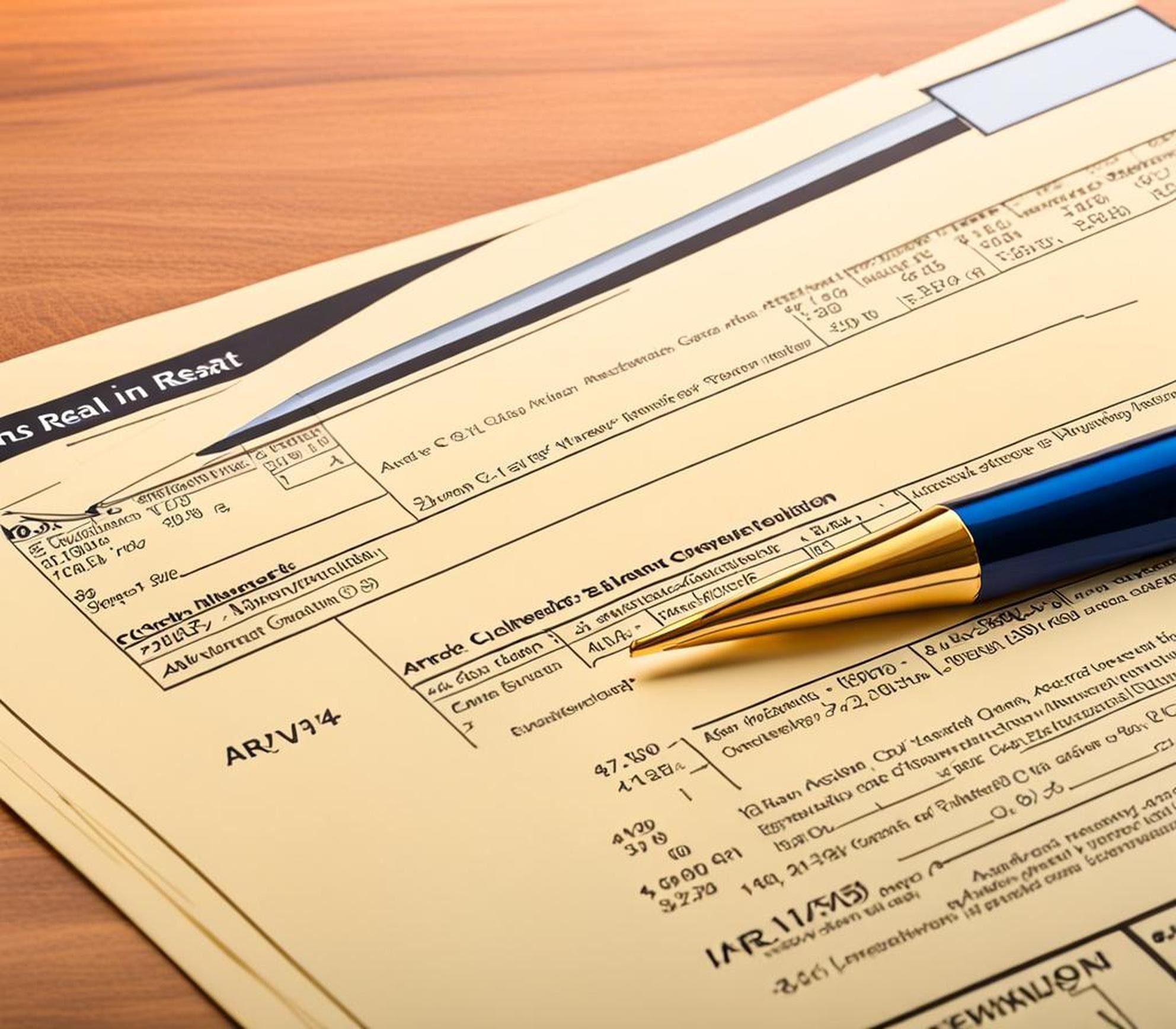Real estate investing can be lucrative, but accurately evaluating investment potential takes some decoding. One of the most important acronyms for investors to understand is ARV, or After Repair Value. Understanding how to calculate and leverage ARV is key to making informed decisions and avoiding costly mistakes.
Read on to unlock the profit potential of investment properties.
What is ARV?
ARV stands for “After Repair Value.” It refers to what a property could sell for after all necessary renovations and repairs have been completed to get it into salable condition. The ARV represents the maximum resale value that an investor can reasonably expect from a fixer-upper property after fixing it up.

Definition of After Repair Value (ARV)
Specifically, a property’s ARV is determined by taking into account:
- Current market value in “as-is” condition
- Estimated costs for all needed repairs and improvements
- Resale prices achieved by comparable fully-updated homes recently sold in the area
Why ARV Matters for Real Estate Investing
There are several reasons why understanding ARV is so important for property investors:
| * Estimate potential profit margin on flips | ARV helps investors calculate how much net profit can realistically be earned from a fixer-upper investment. |
| * Set renovation budget | The gap between the property’s purchase price and ARV provides parameters for how much investors can afford to spend updating the home. |
How ARV Differs from Market Value
ARV differs significantly from current market value because it attempts to represent a property’s future potential value, not its value in present as-is condition. The difference between the two is the “forced appreciation” investors try to create through renovations and repairs.
Calculating ARV for Investment Properties
Determining an accurate ARV is part science, part art. It requires pulling together data on sales of comparable fully-renovated homes, estimating costs, and applying investor wisdom.
Step 1: Determine Current Market Value
First, establish a property’s current value. Examine recent sales of other homes in the area in similar as-is condition.
Step 2: Estimate Renovation Costs
Research typical per square foot material and labor costs for needed updates like:
- Kitchen and bathroom remodels
- New flooring
- Paint
- Roof replacement
- HVAC and electrical system repairs
Step 3: Research Sales of Comparable Homes
Identify 3-5 recently sold homes in the area that mirror the size, neighborhood, upgrades, and features yours will have post-renovation. Analyze sales trends among these true comps to estimate realistic resale ARV.
Step 4: Factor in Appreciation and Expenses
Consider projected home price appreciation over your investment holding period. Remember to account for expenses like taxes, insurance, HOA fees, and maintenance costs.
Step 5: Apply the 70% Rule
As a general guideline, experienced investors often use the 70 percent rule by multiplying a property’s ARV by 70% to arrive at a recommended maximum purchase offer price. This buffers for unexpected delays or cost overruns.
Step 6: Account for Market Conditions
Local real estate market supply and demand trends can impact ARV assumptions. Adjust if housing inventory levels signal prices could trend up or down while you own the property.
Using ARV to Assess Investment Potential
Once ARV is determined, investors leverage it to evaluate opportunity and risk. Common applications include:
Estimating Net Profit from a Fixer Upper
Calculate ARV minus purchase costs minus improvements to project potential flip profit or long-term ROI if planning to rent or hold for appreciation.
